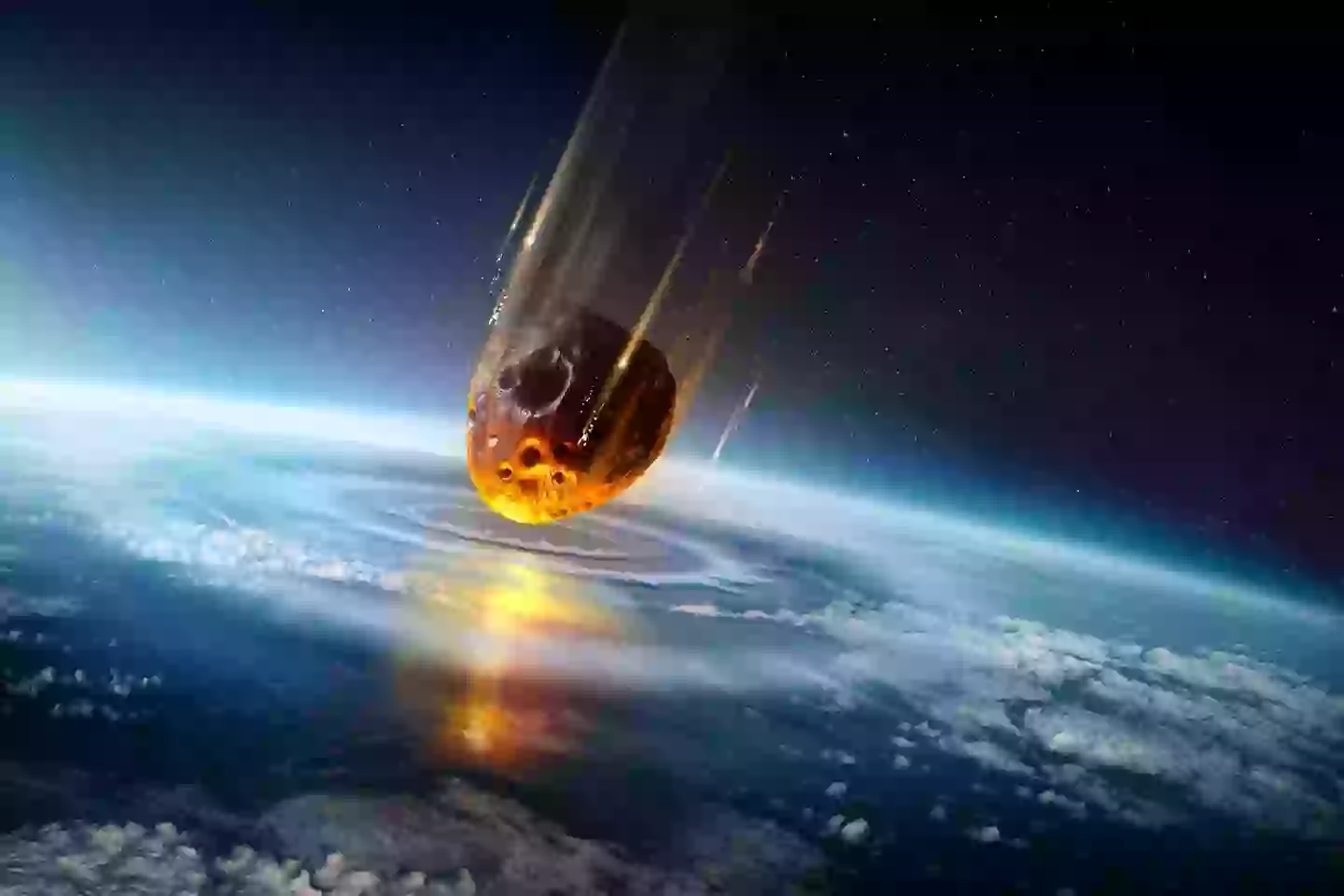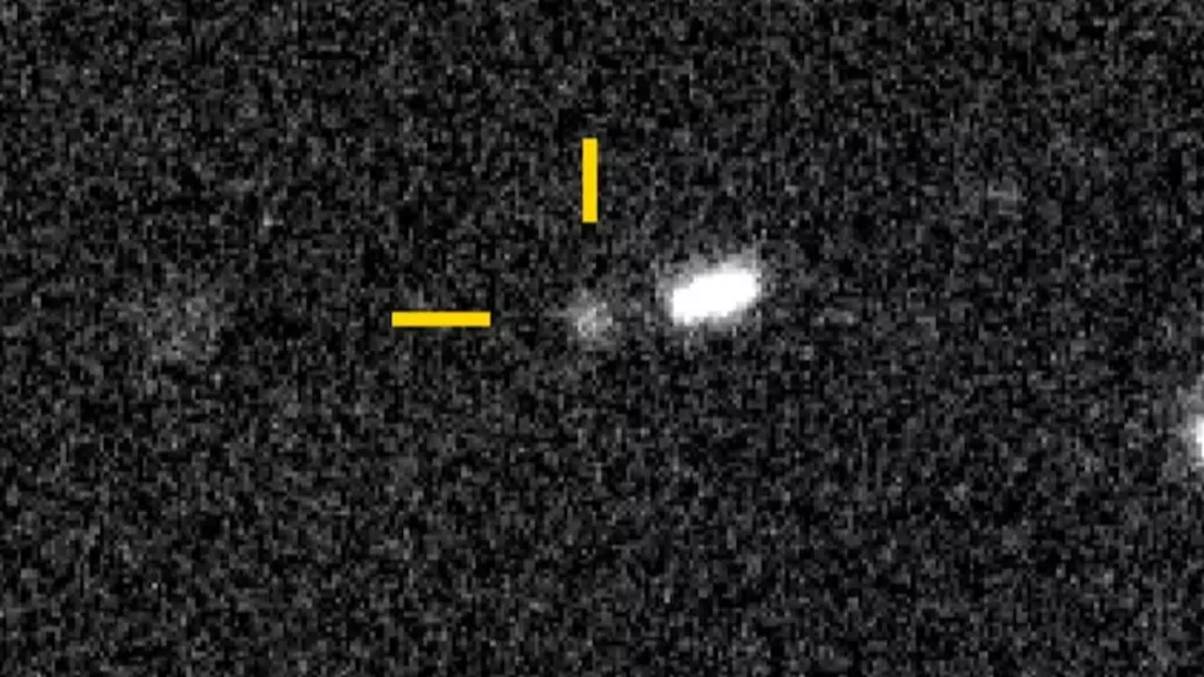“New Discovery: Is the ‘City-Destroying’ Asteroid Bigger and Closer Than We Thought?”
Is there anything in the universe more fascinating than asteroids? I mean, these ancient space rocks can sometimes feel like a cosmic game of dodgeball, and they certainly know how to make an entrance! Recently, scientists tuned in to the latest on 2024 YR4, a ‘near-Earth’ asteroid that’s been gaining some serious attention. First spotted by NASA’s ATLAS in December, this rock touted as “city-destroying” has had its size recalibrated, making it resemble a 10-story building. Talk about an upgrade! And while it once seemed like a 2032 collision was in the cards (yikes!), the latest data from NASA brings that probability down to a mere 0.004 percent. So, don’t pack your bags just yet! Curious to know what else they’ve discovered about this cosmic visitor? Well, stick around, because we’ve got some stellar updates coming your way! LEARN MORE.
Scientists have provided an update on the size of the ‘near-Earth’ asteroid, 2024 YR4.
The ‘city-destroying’ rock was first discovered by NASA’s Asteroid Terrestrial-impact Last Alert System (ATLAS) in Chile on 27 December.
ATLAS went on to share its findings with the Minor Planet Center, and the worldwide planetary defence community has been adjusting 2024 YR4’s impact probability and size ever since.
When it was first discovered, asteroid 2024 YR4 had ‘a very small, but notable chance of impacting our planet in 2032’.
Then in February, NASA ‘significantly lowered the risk’ of it colliding with Earth ‘for the foreseeable future’.
Its impact probability on 22 December, 2032 is now only at 0.004 percent.
In a new update, however, the space agency has recalculated its size after using infrared observations from NASA’s James Webb Space Telescope.
The findings suggest that 2024 YR4 is now estimated to be around 174-220 feet (53-67 meters), which is pretty much the size of a 10-story building.
“The previous size estimate of 131-295 feet (40-90 meters) was derived from visible light measurements from ground-based telescopes,” NASA explained.
Also, the updated trajectory of the 2024 YR4 has increased its chances of colliding with the moon.
2024 YR4’s chance of impacting the moon has gone from 1.7 percent to 3.8 percent, according to the Webb data.
The good news is that ‘in the small chance that the asteroid were to impact, it would not alter the moon’s orbit’.

NASA has provided an update on Asteroid 2024 YR4 (Getty Stock Images)
NASA added: “After mid-April, asteroid 2024 YR4 will be too far and faint to be observed by ground-based telescopes but Webb will observe the asteroid again in May.”
Dr Andy Rivkin, the principal investigator of the Webb Director’s Discretionary Time program, says we now have a much better understanding of the asteroid.
“We found that the thermal properties of 2024 YR4, in other words how quickly it heats up and cools down, and how hot it is at its current distance from the sun, are not like what we see in larger asteroids,” the astronomer from Johns Hopkins University said.
“We think this is likely a combination of its very fast spin and a lack of fine-grained sand on its surface.
“We’ll need more data to say for sure, but it seems consistent with a surface dominated by rocks that are maybe fist-sized or larger.”
He added: “Understanding the best ways to use it and how to get the most out of its data is something we can do now with 2024 YR4.”













